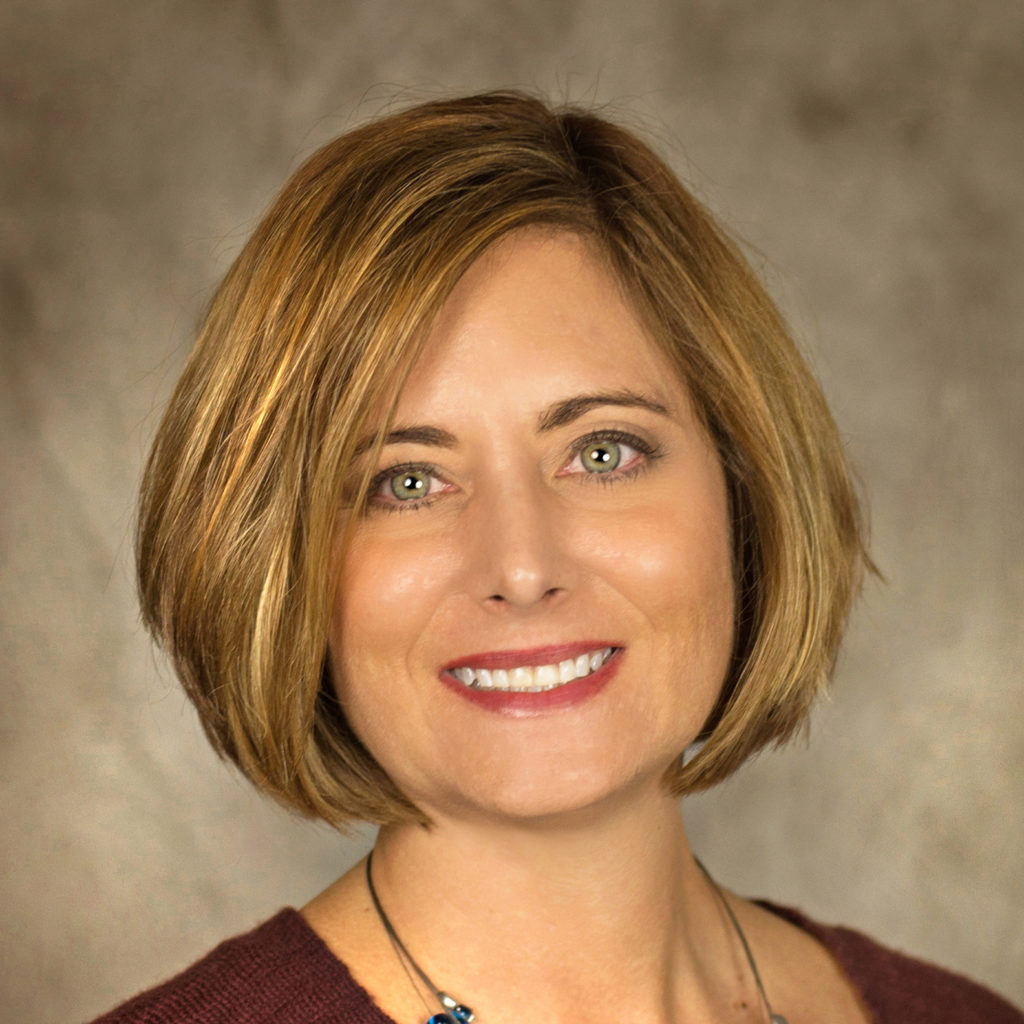
If you were to stand outside my classroom or talk to kids that take my classes, you would get the impression that I know what I am doing. Kids would make comments about how they like my class and want to take more art. Well, that is all true. Personally, however, I feel that I am not a master teacher and can always do better.
An Invitation to Elevate
Back in 2011, there was this survey about arts education came out and I told my principal I was filling it out. Little did I know, I would become a part of this project called MAEIA. I am not sure how it came about, but I applied to become a part a meeting with other art teachers from across the state.
I remember sitting in my first meeting as a blueprint writer. I was in awe and a little intimidated by the brain power in the room. I had heard of some of these names, but had never met them. It was pretty amazing. As the day went on, our task unfolded. We were going to create a gold standard plan for four arts disciplines in Michigan. All I could think about was how exciting this MAEIA thing was going to be for the arts programs in our state and I was going to be a part of it.
Program Benefits
I started as a blueprint writer. During this process, I learned how to better express myself in order to have a greater impact on arts classrooms, including my own. I researched to see what was happening in our state and across the country to support our recommendations.
Next, a program review tool was created to help districts and schools take a deeper look at their arts programs. I tested this on my own visual arts teachers. The results were similar to what I expected. I was able to share my results with my superintendent and he then was able to look deeper at our programing.
Around the same time an assessment specifications document was created which looked at state curriculum and national standards to suggest ways to assess students. This process helped me to look at what I was doing in my own classroom and reevaluate my assessment processes.
As these documents were written I don’t think is was until we started writing the high school assessments that I was able to reflect on my teaching and see the benefits of this project. The process of connecting the standards with a way to assess students that let me see my practices needed a 2.0 version.
At that point, I had been teaching middle school for 19 years. I had always strived to change things up and be innovative in my classroom. It is amazing what diving into state and national standards does for your classroom practices. As I worked through the writing of first high school, and then K-8 assessments, I also switched from teaching middle school to high school. I was a veteran teacher, but really felt like it was my first year. As I made this switch and needed to familiarize myself with the state standards I was relieved that I had these assessments as my finger tips.
The best part of this project and MAEIA assessments is that they are adaptable to our current practices and projects. I found that it was easy to slip in an assessment when I could search for one that was related to what was already planned.
Fast forward to October 2017, I am still a part of MAEIA. I am a Leadership Fellow- sharing these resources with teachers, administrators, districts, and cultural organizations who want to advance creativity in education. I am also a Team Lead for the Collaborative Scoring System pilot. Along the journey of MAEIA there has been many parts to make it what it is today. I have been fortunate to have been involved in many of them.
Click here for a Printer friendly version of this article.
Leave a Reply
You must be logged in to post a comment. Don't have an account? Register Here.